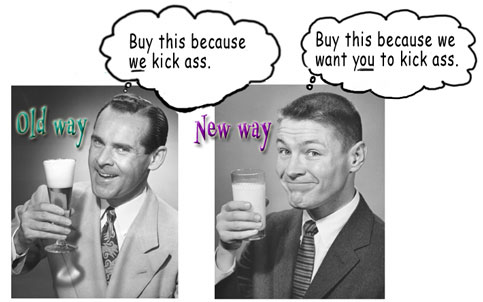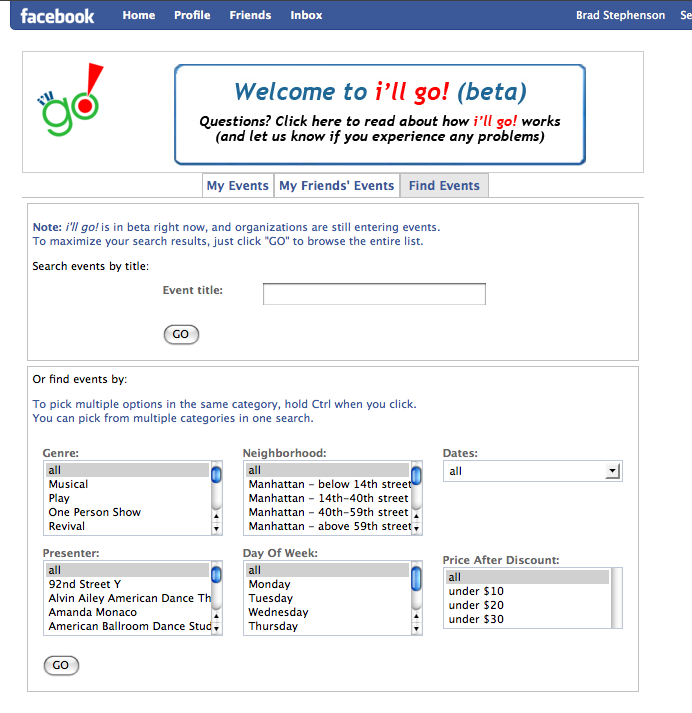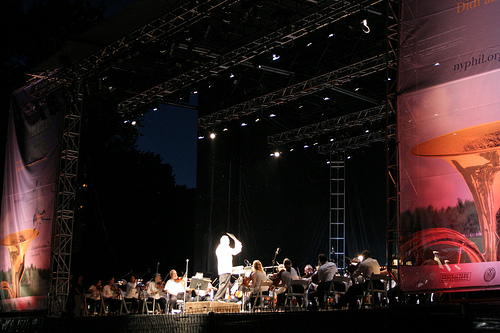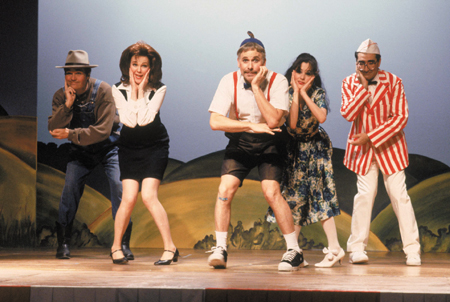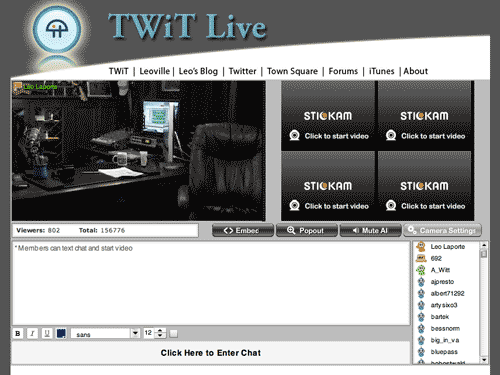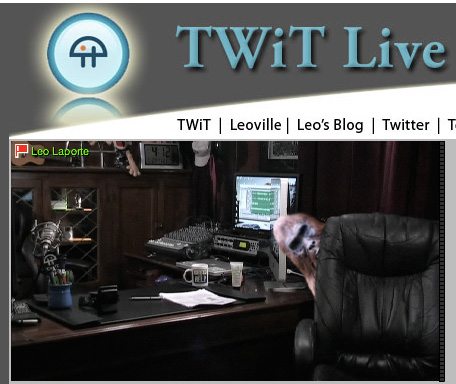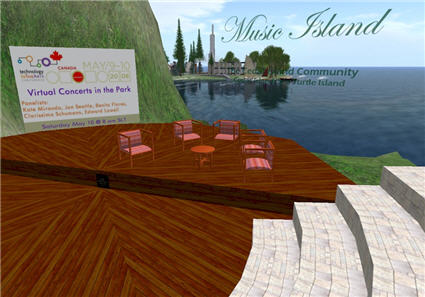Today was "workshop" day at the 2008 NYC Web 2.0 Expo, and while I enjoyed the two three-hour sessions I attended, I would not consider them workshops. I always expect a workshop to provide attendees an opportunity to put into practice some of the concepts discussed.
I'd strongly encourage artists and arts organizations involved in the planning of a conference or professional development series to be cautious about the use of the word workshop. Any session that exceeds two hours should have some type of engagement activity or risk losing the attention of the laptop/iPhone-wielding audience.
That being said, the leaders of both sessions I attended today managed to keep my attention. I was especially engaged during Josh Porter's presentation, "Designing for Community." Porter is the founder of bokardo design and author of the book, Designing for the Social Web.
Toward the beginning of his talk, Porter mentioned two very important things. First, your message will get out into the world, and you can either choose to ignore the message or engage with users.
An arts example: A theater company is getting negative reviews in the local newspaper for its current production, but audiences are greatly enjoying their experience with the show. Unfortunately, those audiences are shrinking because users are believing the newspaper's message. If the theater had created an online space for actively engaging its audience, it could allow the community - not the voice of a lone critic - to define its show's success.
Second, Porter said that organizations probably already have communities, whether they know it or not. The idea is to "cultivate" that community. Often in the arts, an organization will try to artificially create a community rather than managing the one which already exists. In order to build a passionate online community, Porter says, an organization should "support an activity and make people better at the activity."
So how do you make people "better" at being an arts audience? Well, that's a much larger discussion than I care to launch here, and the answer is different from one discipline to another. But the point is that an organization should work with and grow its existing community and should not try to manufacture one.
"You want the people to identify themselves as a community," said Porter.
Another great point Porter made - which has been mentioned in many forms on this blog and on our podcast - is that when an organization is considering which interactive features to add to its Web presence, it should simply "model the interactions that already exist." In other words, study how your users are already connecting (both online and offline), and provide tools that support those connections.
Finally, according to Porter, most successful community-based Web sites comprise "objects" and "verbs." For instance, a YouTube page has objects (i.e., video pane, user profile, related videos, responses, etc.) and verbs (i.e., play, upload, respond, etc.).
I'll leave you with the following image from the "Creating Passionate Users" blog, which Porter mentioned today.
